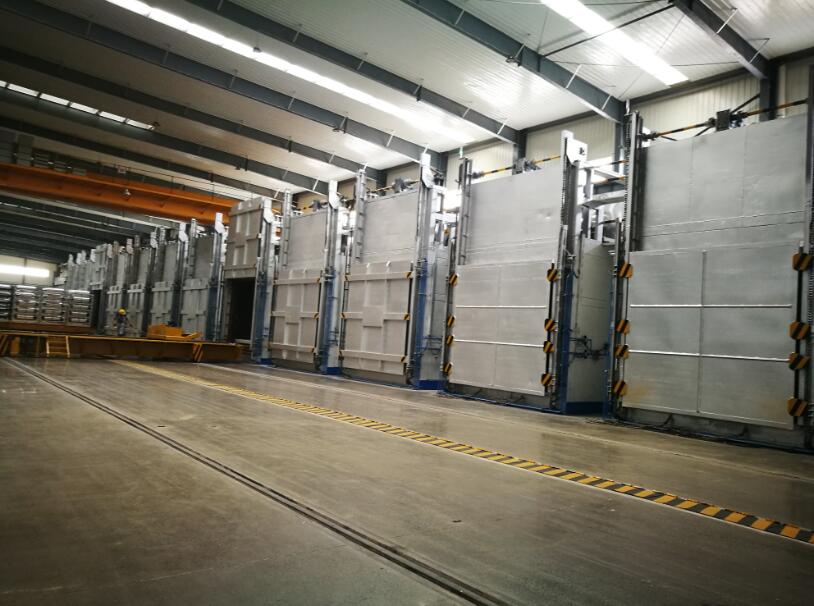Home / FAQ
Familiarize yourself with the various types of aluminum foil products offered, including their sizes, thicknesses, coatings, and applications.
There is currently no commonly accepted definition of low carbon aluminium; and self-certified “low carbon” products on the market do not necessarily use the same scope or method for calculation of their footprint. There is also no standard for “green aluminium”, although this term is often used interchangeably with low carbon.
ASI does not recognise the loosely defined term “green aluminium” and it does not offer a definition of low carbon. Our focus is on alignment of Certified Entity emissions reduction with a 1.5 degree warming scenario and harmonisation of methods for calculation and public disclosure of emissions.
ASI Performance Standard Certification gives assurance that companies are addressing a wide range of sustainability issues, among them greenhouse gas emissions reduction. The 2017 versions of ASI Standards took the first step on these issues, and the 2020-2022 Standards Revision is aligning with subsequent developments in sectoral decarbonisation approaches.
Performance Standard V3.0, released May 2022, includes criteria that specifically seek to set the aluminium sector on a 1.5 degree aligned pathway: to reduce total sector wide emissions by over 95% by 2050, as defined by the latest science.
Threshold values for aluminium smelters (the most energy intensive and on average highest emitting processes in the value chain) are set at a level to exclude new coal-fired power generation and include all upstream emissions – scope 1, scope 2 AND scope 3, categories 1, 3 and 4 measured at the smelter casthouse.
Beyond smelters, Performance Standard V3.0 includes a requirement for ALL Performance Standard Certifying Entities to deliver:
Why? Because the whole sector must reduce its total emissions from 1,100 Mt CO2e today to around 50 Mt by 2050, while meeting increased demand. EVERYONE along the value chain has a challenging role to play in meeting societal expectations and environmental limits.
The ASI Chain of Custody Standard V2.0, released May 2022 introduces voluntary carbon footprint disclosure at the product level, to drive harmonised methods and transparency for product comparison.
The ASI Chain of Custody Standard provides a mechanism for asset-level performance claims to be connected to metal flow. Sharing of cradle to gate emissions data with customers as a supplement to CoC Documents will be included under criterion 9.3 as a voluntary metric, no matter where on the value chain the Entity operates.
More broadly, ASI’s Standards address a wide range of sustainability Principles. As Entities begin to decarbonise heavily, the use of such Standards will be important in ensuring that emissions reduction does not come at the expense of other critical ESG risks, giving responsible producers access to capital from financial institutions and securing a licence to operate from regulators and local communities.
ASI’s vision is to maximise the contribution of aluminium to a sustainable society – and this is only credibly achieved if the sector (ASI Entities and non-Entities) aligns itself with the latest climate science and societal expectations: a 1.5°C aligned future. ASI’s Certification program must therefore deliver assurance against Standards that truly drive change across the whole sector, not only mobilise a select few who can more easily effect change or rewarding those that start from a lower baseline.
Differentiation and competition on specific performance metrics is still possible within the market, and is increasing being applied by companies, in particular through product carbon footprints. However, ASI does not aim to create a ‘low-carbon aluminium’ benchmark. Instead, we believe that a comprehensive and inclusive approach is better placed to achieve the sectoral transformation that is greatly needed.
On average, most ASI Members find it takes between six and twelve months. The first step is to work through their Self Assessment, identifying any gaps in their existing systems and/or performance and then developing and implementing corrective measures to ensure they meet the requirements of the Standards. Variables include the pre-existing systems and processes in place at the Entity, as well as the level of resources available to the Entity in addressing any identified deficiencies in systems and processes.


